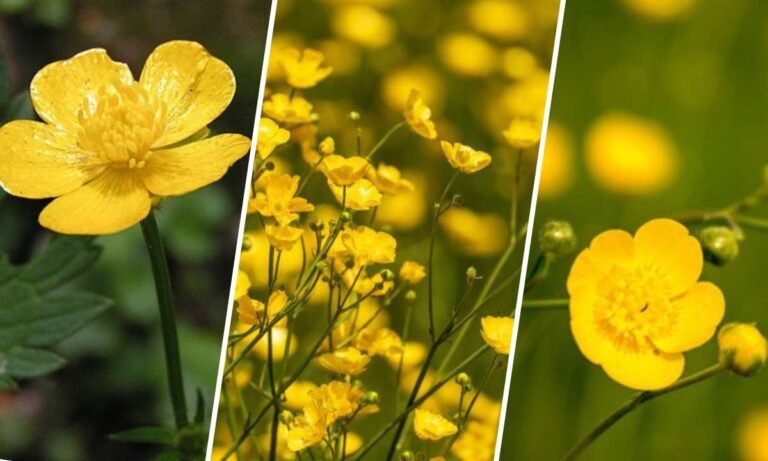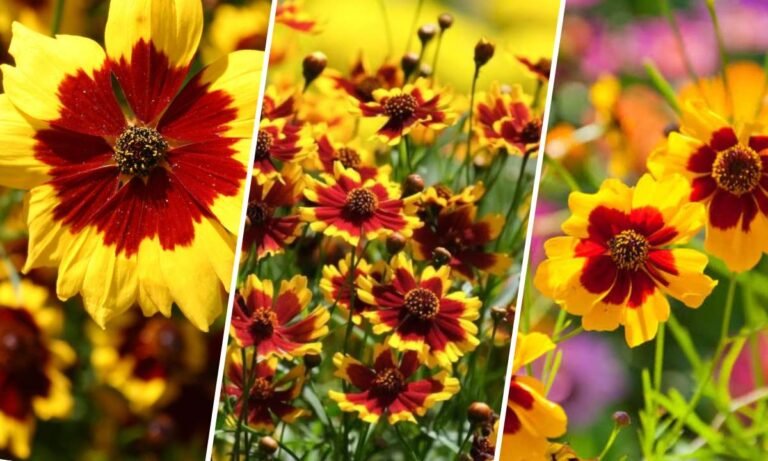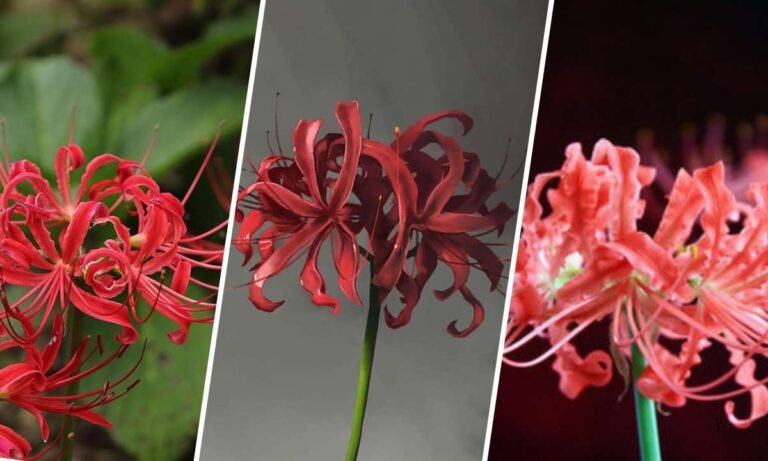The crocus flower, known for its vibrant blooms heralding the arrival of spring, holds a special place in gardens and folklore. Its delicate petals and bright colors carry deep symbolism and cultural significance. In this article, we delve into the meanings, historical roots, and symbolism of the crocus flower, offering an insightful journey into its allure and charm.
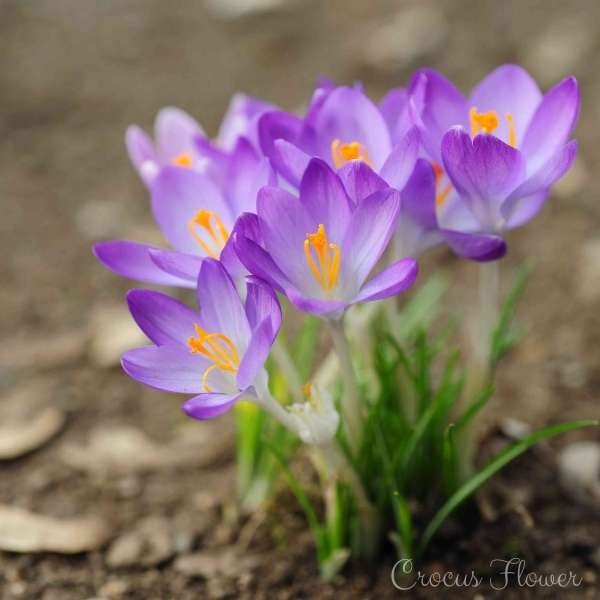
Origins and Meaning of the Crocus Flower
The name “crocus” comes from the Greek word “krokos,” which refers to both the flower and the saffron spice made from its stigmas. This connection highlights the crocus’s ancient Mediterranean origins, where it has been cherished for centuries for its beauty and medicinal uses.
Symbolic Meanings of the Crocus Flower
Symbol of Spring and Renewal: The crocus flower symbolizes spring and renewal, blooming early even through snow-covered ground, symbolizing resilience and the triumph of life over challenges. Its appearance marks the end of winter and the beginning of brighter, warmer days.
Happiness and Joy: In many cultures, the crocus is linked with happiness and joy. Its cheerful blooms and vivid colors evoke optimism and positivity. Seeing crocuses emerge after winter brings delight and a sense of hope for the future.
Youthfulness and Cheerfulness: Due to its youthful appearance and vibrant hues, the crocus is seen as a symbol of youth and cheerfulness. It reminds us of childhood innocence, when even small signs of nature’s awakening filled hearts with wonder.
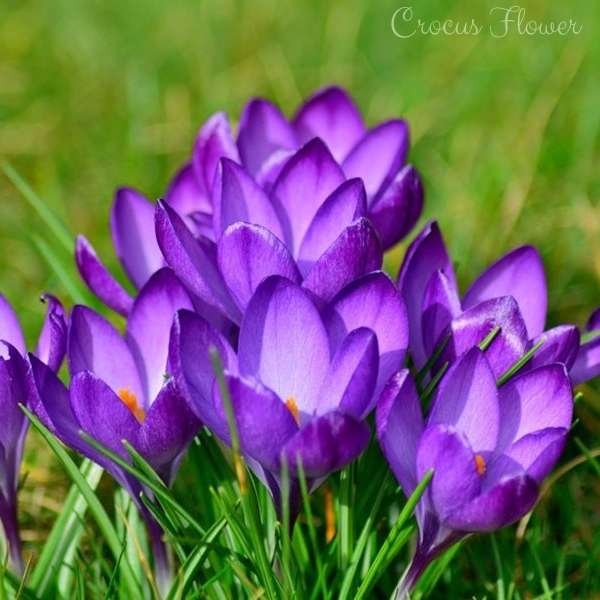
Historical Significance of the Crocus Flower
Ancient Greece: In Greek mythology, the crocus was tied to various gods and myths. Legend has it that the flower sprang from the blood of Crocus, a youth accidentally killed by his friend Smilax. This myth underscores the crocus’s association with youthfulness and the fleeting nature of life.
Medieval Europe: During the Middle Ages, the crocus gained popularity not just for its beauty but also for its medicinal properties. It was used in remedies for a range of ailments, from digestive issues to respiratory problems. Its saffron threads were highly valued for their culinary and medicinal uses.
Modern Usage and Cultural Significance
Today, crocuses are celebrated worldwide in gardens and urban spaces for their vibrant colors. Planted in early spring, they add splashes of beauty and symbolize hope for better days ahead in many cultures. Their resilience and aesthetic appeal make them beloved symbols of new beginnings and nature’s enduring beauty.
Growing and Caring for Crocuses
Planting: Crocuses are easy to grow in well-drained soil, preferring full sun to partial shade. Plant bulbs in the fall, spacing them adequately for natural spreading and growth.
Care: Water crocuses regularly during their active growth periods, avoiding overwatering to prevent bulb rot. Once established, they need minimal maintenance and are generally resistant to pests and diseases. Remove spent flowers to promote prolonged blooming and maintain a tidy garden appearance.
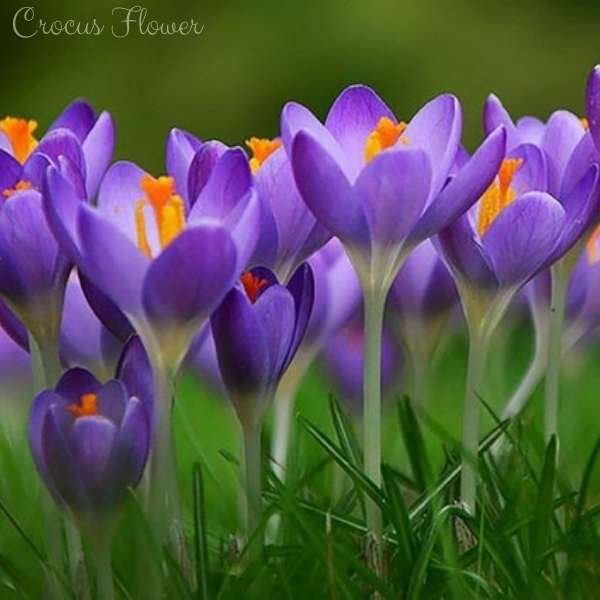
Conclusion
The crocus flower, with its vibrant colors and rich symbolism, continues to captivate and inspire people globally. Whether blooming in gardens or announcing spring’s arrival in parks, the crocus symbolizes nature’s resilience and the promise of fresh starts.

